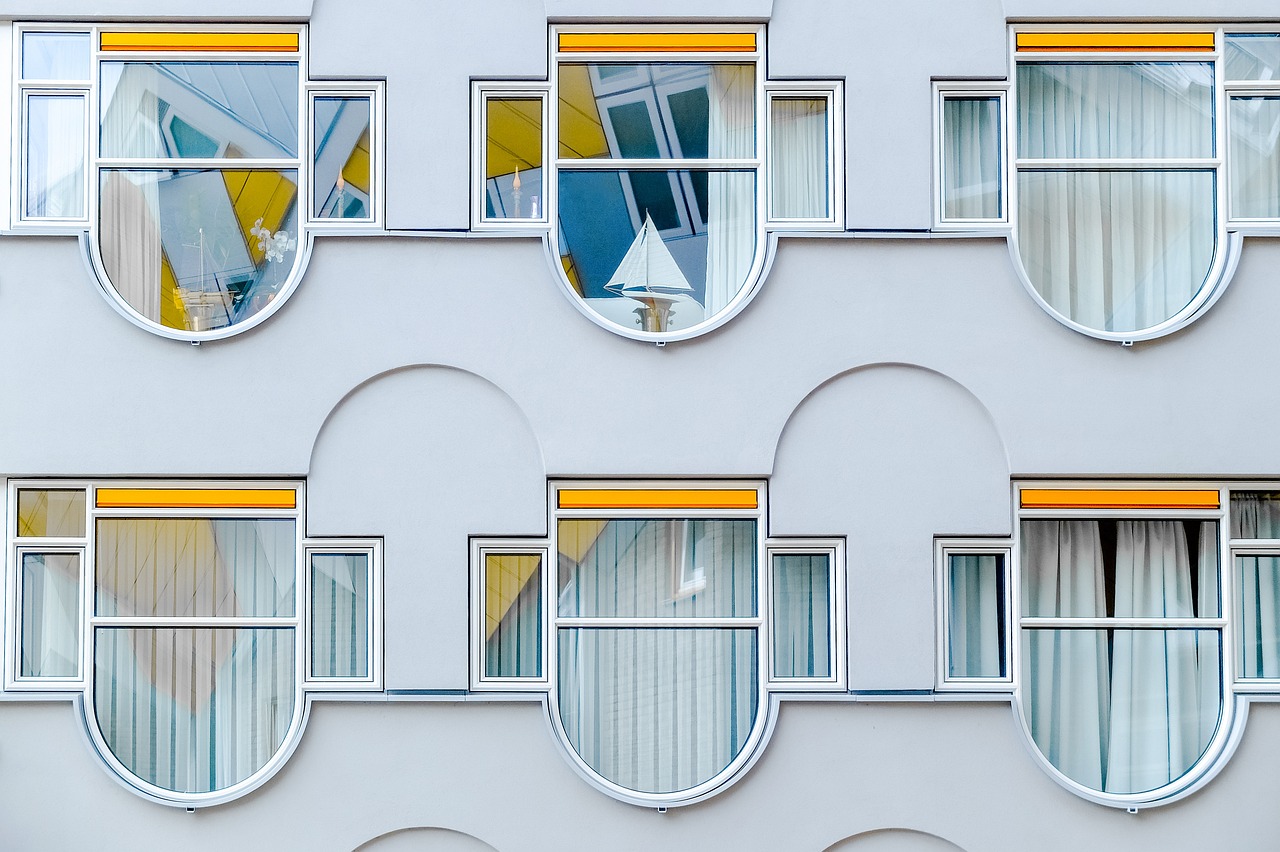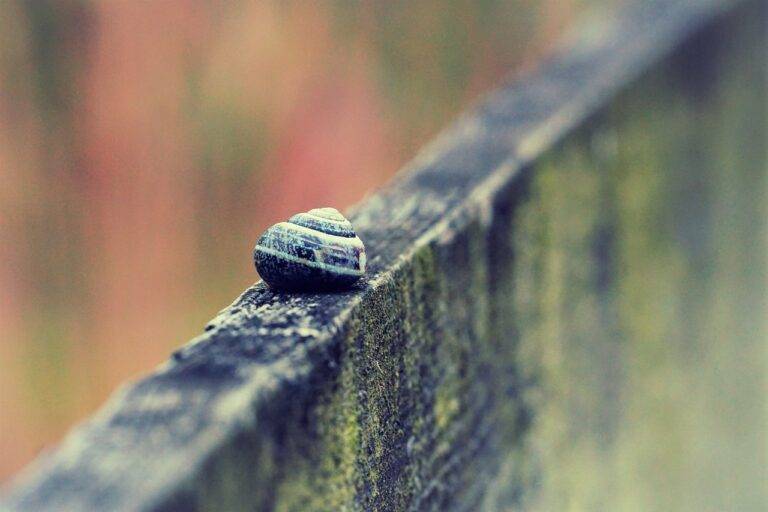Incorporating Mid-Century Modern Design Elements into Your Home
Mid-century modern design is characterized by clean lines, organic forms, and functionality. Furniture in this style often features tapered legs, geometric shapes, and a minimalistic approach to ornamentation. Materials like wood, metal, and plastic are commonly used to create a sleek and timeless aesthetic.
Another key element of mid-century modern design is the concept of bringing the outdoors inside. Large windows, open floor plans, and the use of natural elements such as wood paneling or stone accents help to blur the lines between indoor and outdoor spaces. This design philosophy creates a sense of harmony with nature and promotes a feeling of openness and lightness in the home.
Identifying Iconic Furniture Pieces
Mid-century modern design is characterized by sleek lines, organic forms, and a minimalist approach. Iconic furniture pieces from this era often embody these principles, making them easily recognizable. One such classic piece is the Eames Lounge Chair and Ottoman, designed by Charles and Ray Eames in 1956. This luxurious and comfortable chair features a molded plywood shell and premium leather upholstery, showcasing the perfect blend of form and function.
Another iconic furniture piece synonymous with mid-century modern design is the Noguchi Coffee Table, designed by Isamu Noguchi in the 1940s. This distinctive table consists of a sculptural wooden base supporting a freeform glass top, creating a harmonious balance between art and functionality. Its timeless design has made it a popular choice for contemporary interiors seeking to capture the essence of mid-century aesthetics.
Choosing the Right Color Palette
When it comes to choosing the right color palette for your mid-century modern design, consider opting for hues that are inspired by nature. Think of earthy tones like olive green, mustard yellow, burnt orange, and warm browns to create a cozy and inviting atmosphere in your space. These colors not only evoke a sense of nostalgia for the mid-century era but also bring a sense of warmth and tranquility to your home.
In addition to earthy tones, incorporating pops of bold colors can add a playful and vibrant touch to your mid-century modern interior. Consider using shades like teal, turquoise, and vibrant reds sparingly to create a focal point or to accentuate certain elements in your design. By balancing these bold colors with more subdued tones, you can achieve a harmonious color palette that is both visually appealing and cohesive.





